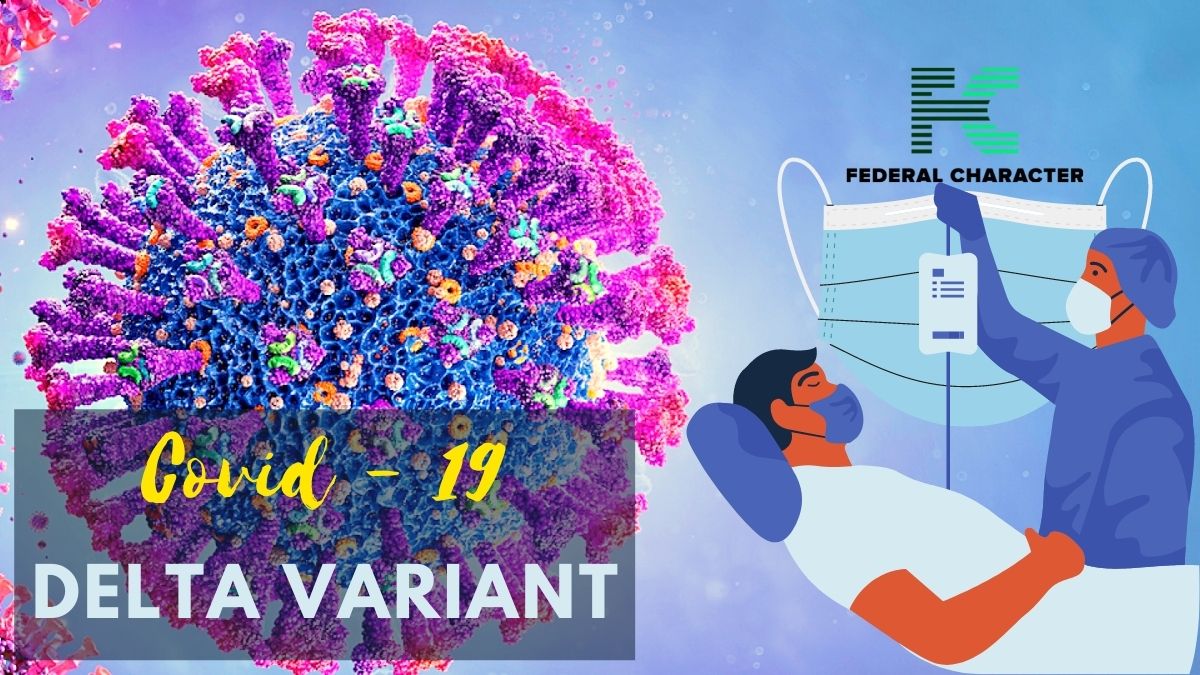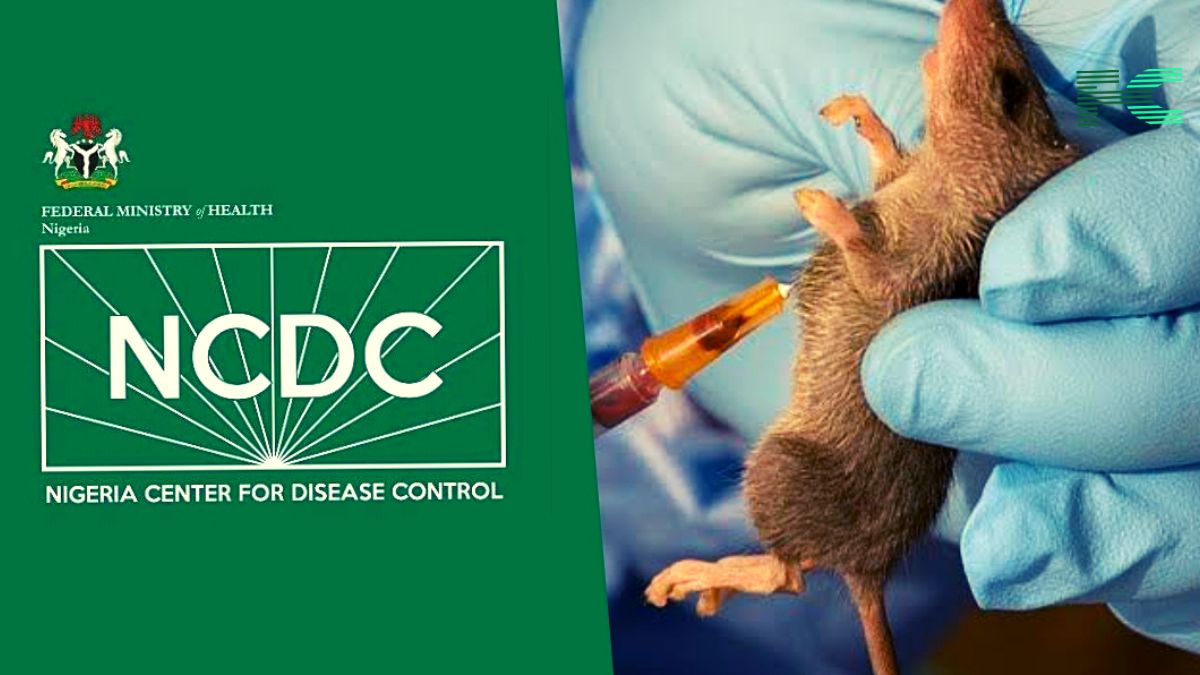Since 2019, the world has battled with COVID-19. Following the period the first case of COVID-19 was reported, till now, we have been waiting for a time when we would finally say it’s over and put this whole covid saga behind us. Covid, however, has other plans and doesn’t seem to be going anywhere anytime soon.
We’ve had to deal with variant after variant. From the Delta Variant to the newly discovered Omicron variant announced a couple of months ago. More recently though, a new variant has joined the fray.
Over the weekend, a team of scientists from Cyprus, led by Leondios Kostrikis announced a new variant, dubbed Deltacron. A variant that combines the Omicron variant and the delta variant.

As reported by CNBC, this variant has “omicron-like genetic signatures within the delta genomes”. Though 25 cases of this variant have been found, the severity and transmissibility of the virus based on this data is unclear, according to CNBC.
Other scientists, like Thomas Peacock of the Imperial College London’s Barclay Laboratory, who focuses on coronavirus research, have speculated that Leonidos Kostrikis’s findings are a result of laboratory contamination during sequencing. Some, like Biologist Eric Topol of the Scripps Research Translational Institute, call it a scariant, a variant born out of error, that isn’t real but scares people.

Leondios Kostrikis, who is a professor of biological sciences at the University of Cyprus, affirmed his results, though, telling Bloomberg that the cases he identified “indicates an evolutionary pressure to an ancestral strain to acquire these mutations and not a result of a single recombination event.” A single event like the contamination of samples in the laboratory.
It’s unclear if the deltacron variant is more contagious, if it’s real or just a ‘scariant’.
It shows how much more the novel coronavirus has the ability to grow and mutate, and more variants may be discovered.














